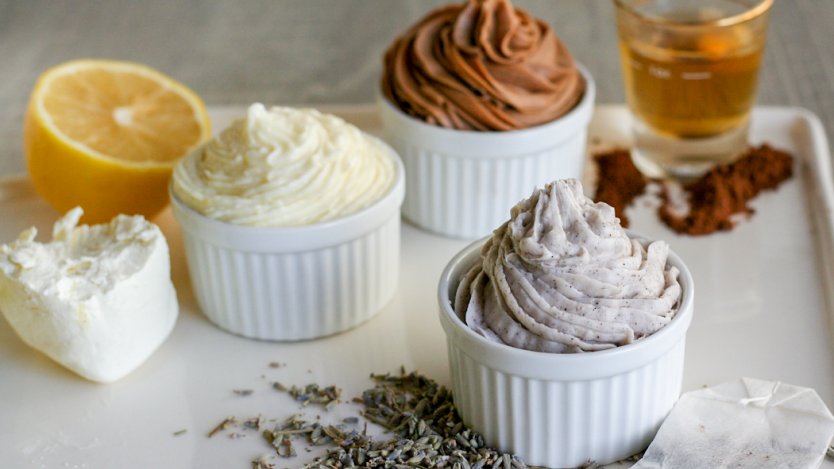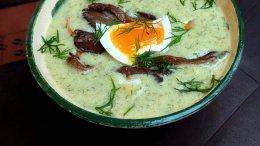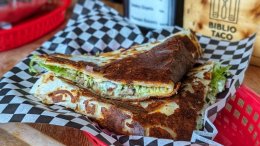Baking a cake means slavishly obeying a recipe to ensure all the necessary chemical reactions take place, right? How else will you achieve that that moist, airy, tender cake you were hoping for? Well, once that's done, you're free to set aside your recipe-following ways and dream up a not-so-basic buttercream flavour to top off your masterpiece.
Think outside the vanilla bottle, use your imagination, or rummage through your cupboards for inspiration. It's easy to throw together something unique and delicious. No recipe can tell you what to do!

Building Blocks

Before you unleash your creativity, let’s take a look at the components of the most basic buttercream. The three building blocks are butter, icing sugar, and cream or milk. To make the frosting, butter is whipped, icing sugar is beaten in, then, the cream is added to bring it to the desired consistency. A basic recipe looks like this and can easily be adjusted according to your sweetness and texture preference:
- 1 cup butter at room temperature
- 2-4 cups icing sugar. Use more sugar for a sweeter, firmer buttercream.
- 2-3 tablespoons milk or cream. Use more cream for a softer, silkier texture; use less for a buttery, firm buttercream.
Butter

The butter is the creamy, fatty base that creates the icing's texture. You can easily replace part of the butter with soft cheeses or nut butters. Cream cheese, goat's cheese, peanut, cashew, and almond butters all give buttercream an interesting kick.
You can replace a quarter to half of the butter with nut butters, and half to three quarters of the butter with soft cheese.
The less butter you use, the stronger the icing's new flavour and the softer the icing's texture will be.
Sugar
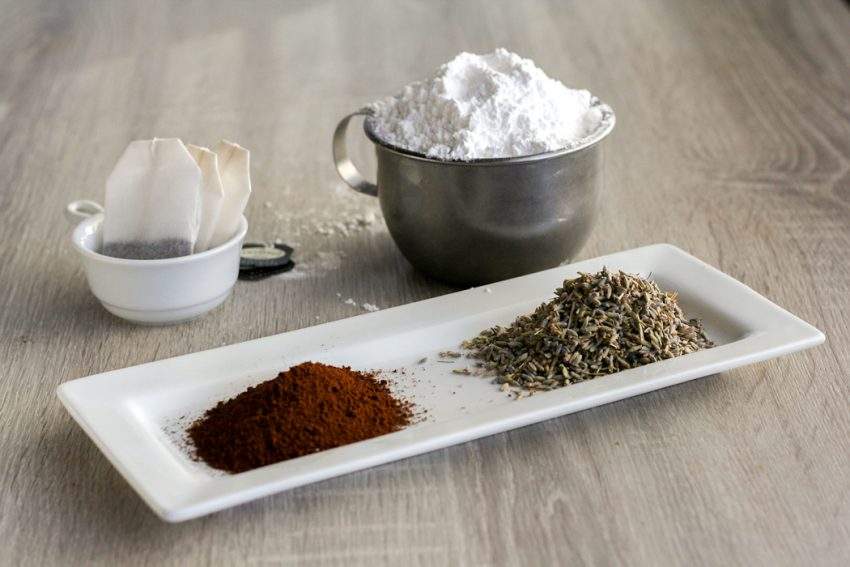
Icing sugar adds sweetness and structure to the frosting. However, it adds nothing in terms of aroma or fragrance, so it's up to you to seize the opportunity for greatness with dry powdered flavours. Things like lavender, coffee, tea, cocoa powder, malt powder, and spices all work beautifully. The secret is to grind your flavouring agents as finely as possible in a coffee or spice grinder before adding them with the sugar, so that they mix with the icing without creating a gritty texture.
Beat the dry flavouring agents into the butter with the icing sugar, a half teaspoon to a teaspoon at a time, and taste the icing before adding more.
Cream
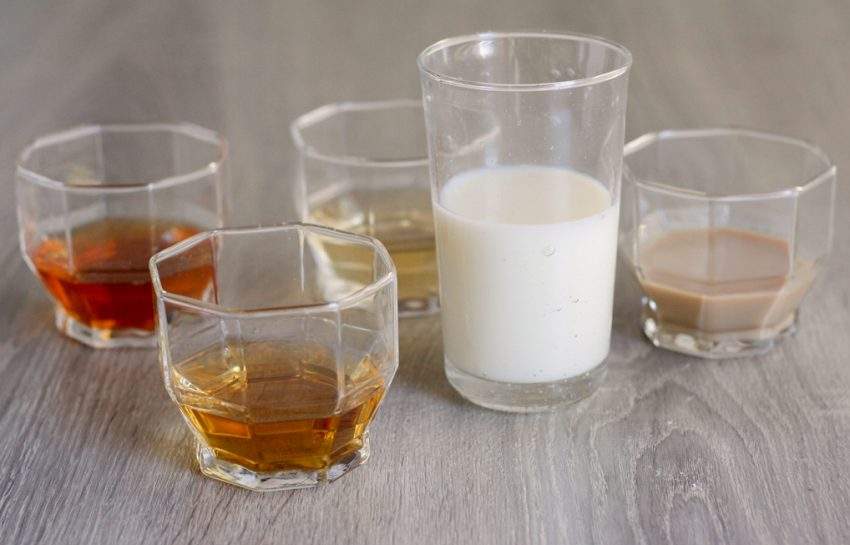
Liquids like milk and cream help thin out the icing and create a silky smooth texture. But when it comes to flavour, milk is a bit bland. You know what's never bland? Whisky, tequila or any liqueur. You can replace all or part of the milk or cream in your icing with whatever flavourful liquid strikes your fancy.
Add-ins
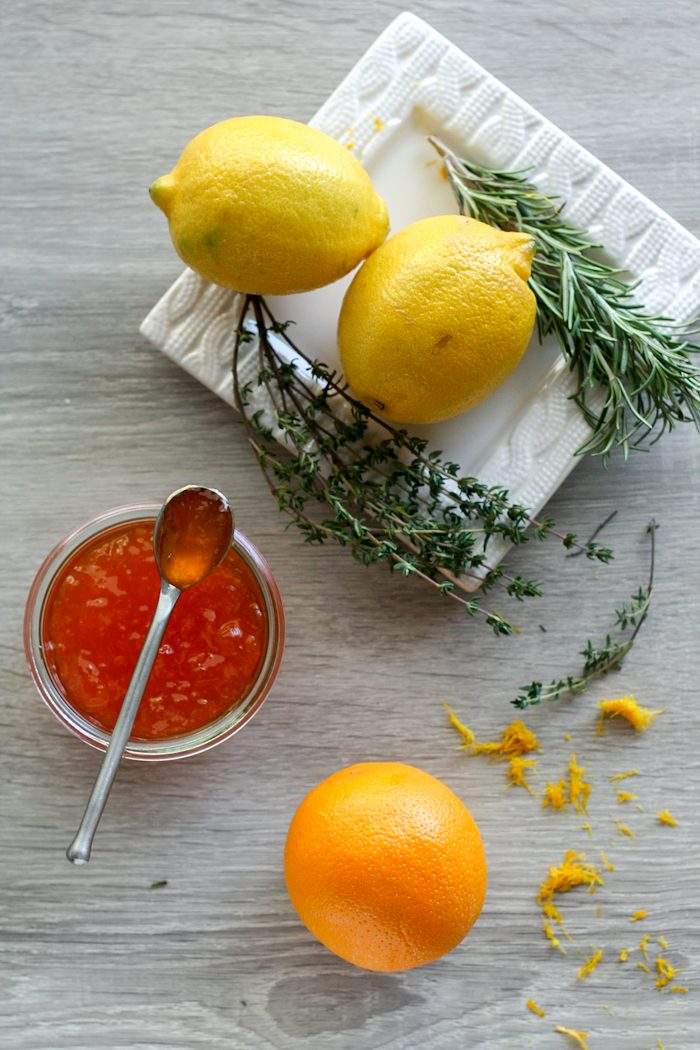
Once the icing is all mixed up, you have another opportunity to infuse it with flavour by beating in some tasty add-ins. Toss in some citrus zest, fresh herbs, or a few spoonfuls of jam. Tasting as you go is key, plus, it gives you the excuse to eat an obscene amount of icing in the name of "perfecting the flavour".
Never again smear a bland or boring icing across your homemade cakes. You and your guests deserve to taste the creative masterpieces that are your future icings. Here's a few fun concoctions to get your imagination going:

